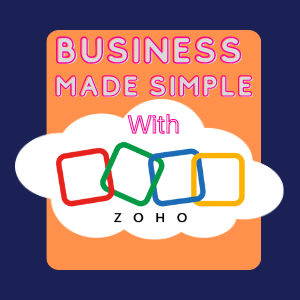|
Cloud software is a needed tech tool for businesses and brands because they help manage the company's operations, automate processes, and equip you with professional tools that serve customers and employees. One of the most diverse Cloud Software solutions for small businesses and large enterprises is Zoho and its features rival the likes of Google Workspace and Microsoft 365. Zoho has also been used by large organizations like Delta Airlines, Amazon, and Loreal. Keep reading to get the game on 11 ways Zoho can work for you and your team:
Collaboration
At the current moment, I am testing Thrive, Zoho’s affliliate and loyalty program tech tool (see HERE). Have you ever considered or tried a Zoho product? How does it compare to other platforms in the marketplace? Let us know in the comments.
0 Comments
|
D. Marie SmithBusiness Technology and Social Media Consultant Categories
All
|


 RSS Feed
RSS Feed